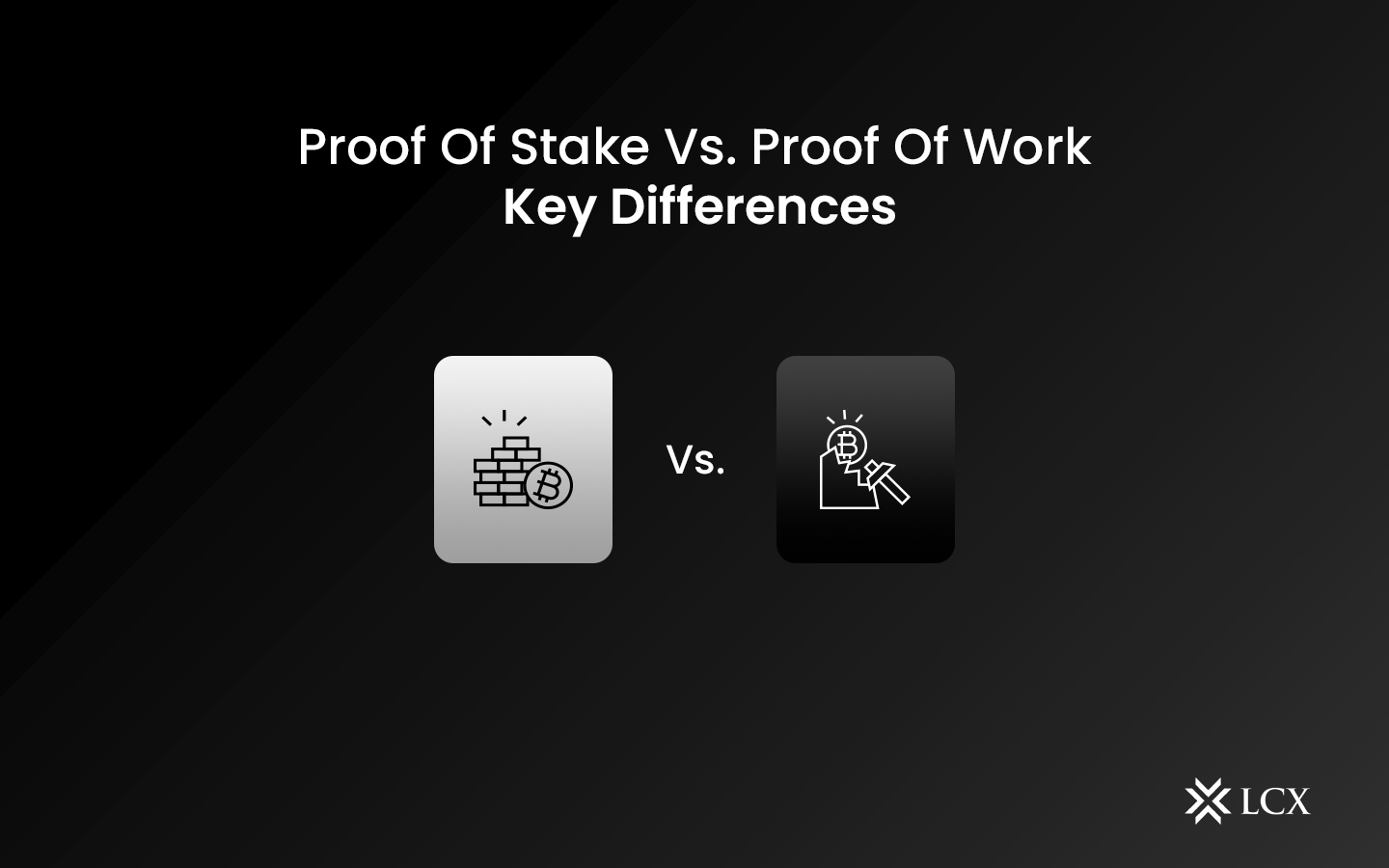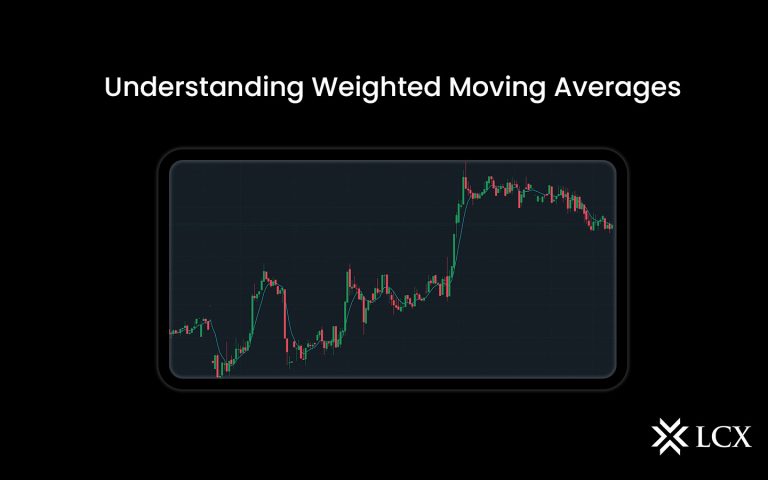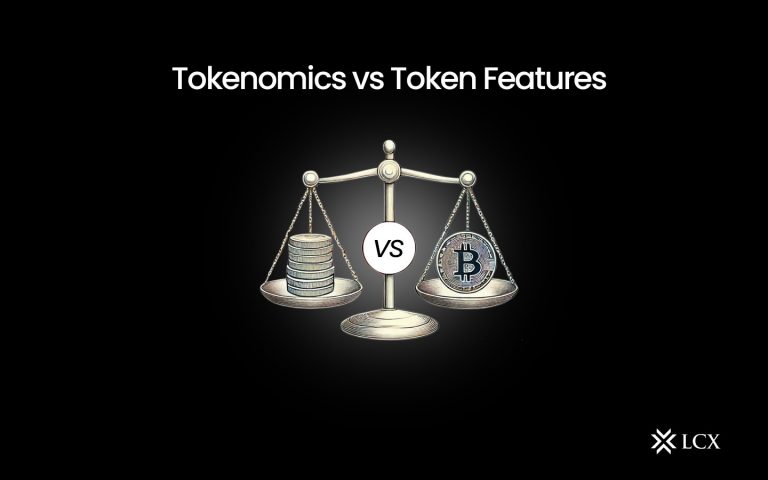Without a central authority such as PayPal or Visa in the middle, decentralized cryptocurrency networks must ensure that no money is being spent twice. To achieve this, networks employ a “consensus mechanism,” now this is a system that lets all computers in a crypto network consent on which transactions are valid.
Often these cryptocurrencies currently use one of 2 significant consensus mechanisms. Proof of work is the older of the two that is used by Ethereum 1.0, Bitcoin, and many other cryptocurrencies. Proof of stake is a relatively new consensus mechanism that powers Cardano, Tezos, Ethereum 2.0, and other (usually newer) cryptos.
Let’s understand what they are and how they are different.
What is Proof Of Work?
The algorithm that protects numerous cryptos, such as Ethereum and Bitcoin is known as proof-of-work. Often these digital currencies have a centralized entity or leader who keeps records of all users and how much money they have. Nevertheless, there really is not any leader in charge of cryptos like Bitcoin. Proof-of-work is needed for the online currency to function in the absence of the government or a company pulling the strings.
Proof-of-work, in particular, resolves the “dual spending issue,” which is more difficult to solve with no leader in charge. If customers can double-spend their tokens, the entire supply increases, devaluing anyone else’s tokens and rendering the currency unstable and valueless.
Double-spending is a problem with online transactions since digital actions are just so simple to replicate, making it insignificant to copy and paste a document or send emails to even just one person.
What is Proof of Stake?
Proof-of-stake is a consensus algorithm that determines who authenticates the next block based on how many tokens you own, rather than miners solving cryptographic puzzles with computational power to validate transactions as they do with conventional Proof-of-Work.
- The likelihood of authenticating a new block is determined by the size of a person’s stake.
- The validator doesn’t really receive a block reward; rather, they are compensated with network fees.
- Dealing with Power Consumption and monopoly.
What are the key distinctions between proof of work and proof of stake?
One significant difference among the two consensus mechanisms is their use of energy. Proof-of-stake blockchains enable networks to function with significantly lower resource usage since miners are not required to spend electricity on duplicative procedures (trying to compete to fix the very same puzzle).
Both consensus mechanisms have economic ramifications that penalize network breakdowns and deter malicious activity. The penalties for miners required to submit misleading data, or blocks, in proof of work are the sunk cost of computing power, time and energy. In proof of stake, the staked cryptocurrency funds of the authenticators serve as an economic incentive to work for the benefit of the network. If a validator chooses to accept a bad block, they will have a portion of their staked funds “slashed” as a penalty. The amount by which a validator can be reduced is determined by the network.
| Proof of work | Proof of stake | |
| Mining/authenticating a block | The amount of computing work defines the possibility of mining a block. | The quantity of stake or number of coins defines the probability of validating a new block |
| Distribution of rewards | The one who mine the block firstly, gets the reward | As the authenticator are paid network fee thus they do not get any block reward |
| Centralization | PoW solutions are substantially designated for extensive operations, they are centralized in nature | On the basis of the size of their stake, an algorithm defines the winner |
| Adding a malicious block | 51% of computing power is needed by the hacker to introduce a malicious block | Here 51% of cryptocurrency on the network is needed to hold by the hacker |
| Efficiency and reliability | PoW systems are more reliable but they are less expensive and less energy efficient | PoS systems are less reliable but they are cost and energy efficient |
| Security | The more secure the network if the greater the hash is. | In exchange for a reward staking assist lock crypto assets for network security. |
| Forking | PoW generally prevent constant forking, through an economic incentive | By PoS system forking is actually not discouraged. |
That’s how PoW and PoS are different from each other. For more such market insights subscribe to LCX Insight.









